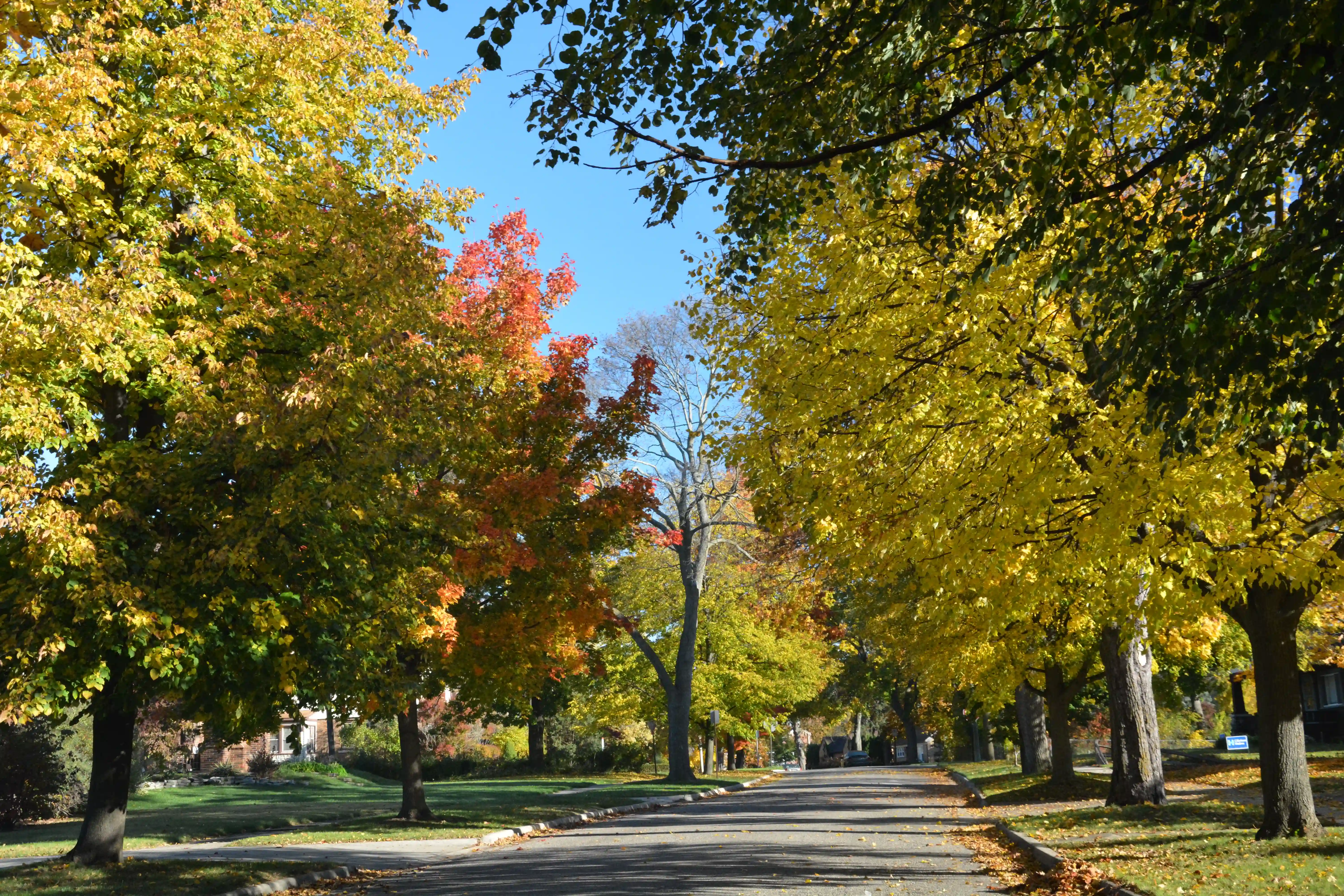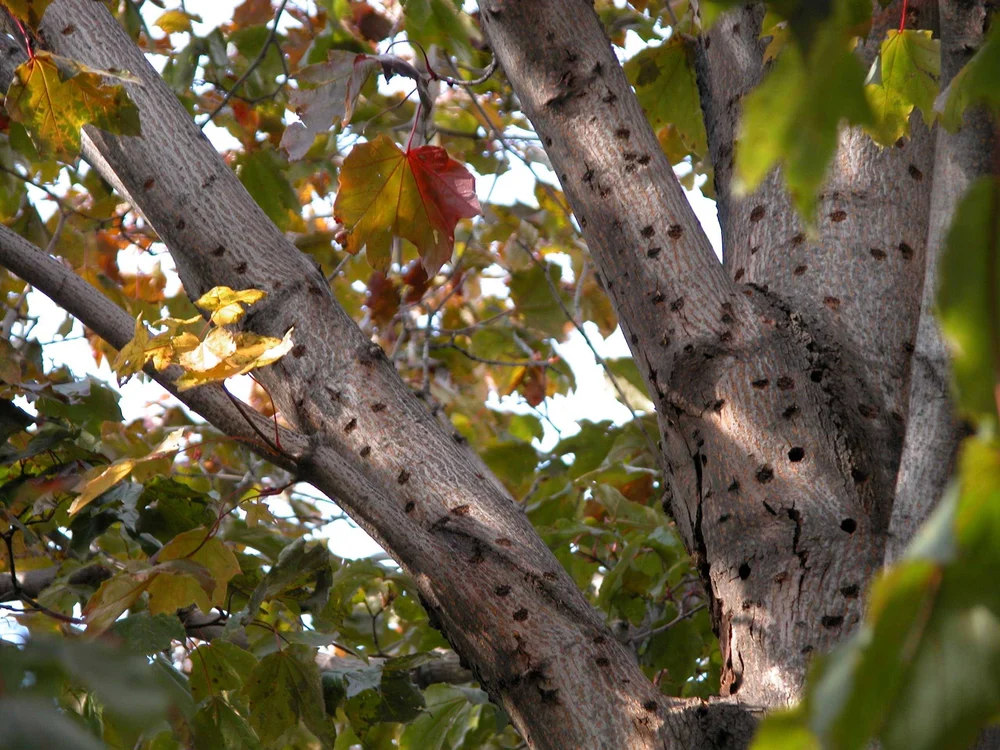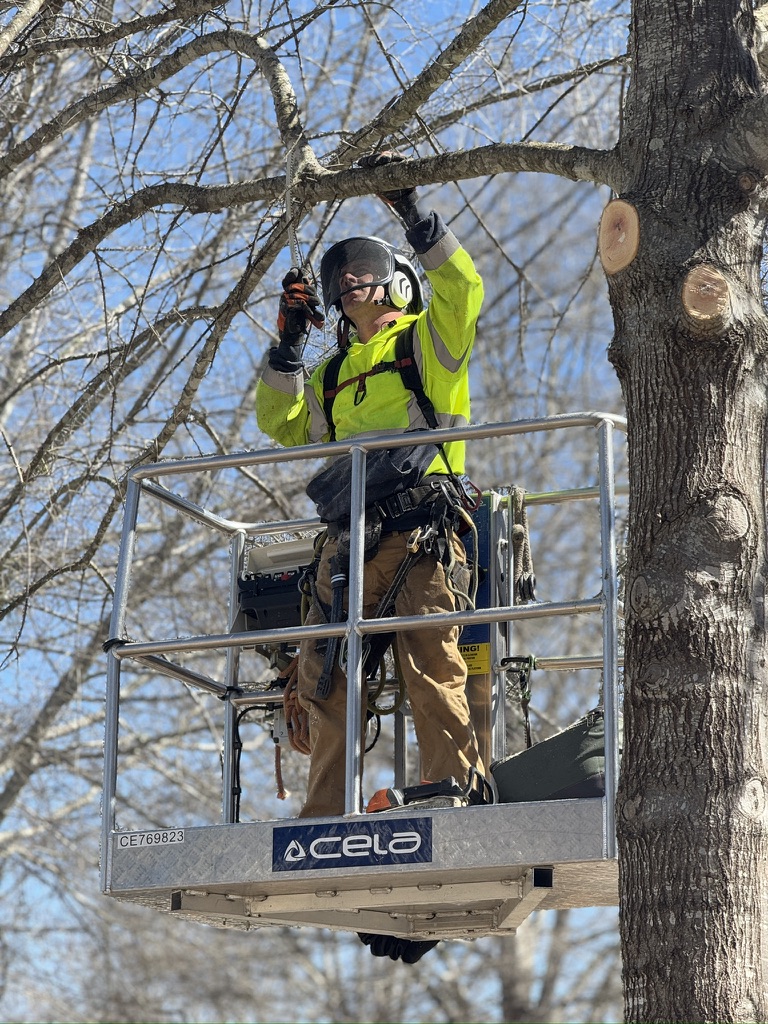How Tree Trimming Shapes Healthy Tree Growth
How Tree Trimming Shapes Healthy Tree Growth

Tree growth is constant and natural—but without careful management, it can also become unruly, hazardous, or even damaging to your property. That's why tree trimming plays such an essential role in long-term tree health, structure, and appearance. At Georgia Pro Tree Services, we help residential and commercial property owners across Georgia take control of how their trees grow by offering expert trimming that does more than just tidy up the branches—it actively shapes the future of each tree.
This blog explores how tree trimming contributes to managing tree growth patterns and why making it a regular part of your landscape maintenance plan is a smart, strategic decision. If you’ve ever wondered why your trees grow the way they do or how you can make them healthier, stronger, and more attractive, keep reading.
Why Tree Growth Patterns Matter
Every tree has a genetic blueprint that influences its growth, but it’s also shaped by the environment. Sunlight exposure, wind direction, soil conditions, water availability, and space all affect how a tree develops. Over time, many trees naturally form imbalances, such as leaning trunks, weak branch attachments, or overly dense canopies.
Left unmanaged, irregular growth patterns can lead to serious problems like limb breakage, structural instability, poor air circulation, and increased susceptibility to pests or diseases. These issues are especially critical in urban and suburban areas where trees coexist with buildings, power lines, and people.
Tree trimming, when done strategically and with a long-term view, helps guide how a tree grows. It becomes a tool not just for tree maintenance but for influencing the overall structure, direction, and health of the tree itself.
How Trimming Influences Tree Structure and Strength
One of the most powerful benefits of tree trimming is its ability to direct a tree’s structural development. When trees are young, they are highly responsive to pruning. Removing or shortening certain limbs can encourage a central leader (the main trunk), balance the canopy, and prevent the formation of weak or hazardous growth points.
For mature trees, trimming helps redistribute weight and reduces the chance of limbs snapping off during high winds or storms. Strategic cuts can eliminate branches that cross over each other, remove those growing inward toward the trunk, and correct limbs that overextend or lean dangerously.
By encouraging strong, well-angled branch growth, regular trimming minimizes stress points and promotes a structurally sound tree that’s better equipped to withstand Georgia’s weather extremes.
The Role of Trimming in Canopy Management
A thick, overgrown canopy might seem like a sign of healthy growth, but it often leads to several hidden issues. Dense foliage blocks sunlight, restricts airflow, and holds moisture—all of which can create a breeding ground for harmful fungi and bacteria.
Trimming helps open up the tree’s crown, which improves light penetration and promotes better air circulation. This leads to a healthier tree and supports the ecosystem around it by allowing sunlight to reach the ground below, benefiting turfgrass, shrubs, and flowers planted nearby.
Managing the canopy also ensures the tree’s energy is directed toward strong, productive limbs rather than supporting unnecessary or problematic growth. Over time, this enhances the tree’s overall form and vitality.
Reducing Safety Hazards and Property Risks
Overgrown or misshapen trees can pose significant safety risks, especially during storms or heavy winds. Limbs that extend too far can snap under their own weight or crash onto structures, vehicles, or utility lines. Trees that grow too close to homes may damage roofing, siding, or gutters.
Tree trimming acts as a preventive measure, reducing risk by eliminating weak or overextended branches. It also keeps trees at a safe distance from roofs, fences, and walkways, minimizing liability for property owners.
In Georgia, where sudden storms and high winds are not uncommon, regular trimming is a wise investment in safety and property protection.
Enhancing Curb Appeal and Property Value
A well-maintained tree enhances any landscape. Thoughtful trimming creates a clean, balanced appearance that adds to the visual appeal of your yard or commercial property. It makes trees look intentional and healthy—not neglected or chaotic.
In addition to aesthetics, trees that are properly trimmed tend to be healthier, longer-lived, and more resistant to disease. This not only saves money on future tree removal or replacement, but also contributes to long-term property value. Real estate experts agree: homes with beautiful, mature trees that are properly maintained are more attractive to buyers and can increase perceived property value.
Supporting Young Tree Development
Trimming is especially important during the early years of a tree’s life. Proper formative pruning helps shape the tree’s structure, eliminate poor branch angles, and reduce the likelihood of future problems.
Young trees that are pruned correctly from the start grow into stronger, better-shaped trees with a natural resistance to storm damage and decay. Early investment in professional trimming pays off with decades of healthy growth.
At Georgia Pro Tree Services, we guide homeowners on the best trimming schedule for young trees to encourage optimal form and development.
Improving Tree Health and Disease Prevention
Untrimmed trees often waste energy supporting branches that are dead, diseased, or poorly placed. These weak spots can become entry points for insects, rot, and disease, especially in humid climates like Georgia’s.
Trimming away deadwood and diseased limbs allows the tree to focus energy on healthy growth. It also prevents the spread of pathogens and improves the overall vigor of the tree. Clean, proper cuts made by trained professionals also reduce the risk of infection at the wound site.
Regular health-focused trimming can extend a tree’s lifespan and keep it looking vibrant year after year.
Timing and Frequency of Trimming
Tree trimming is most effective when done at the right time. In Georgia, the best season for most trees is late winter to early spring, when the tree is dormant. Trimming at this time minimizes stress, reduces disease risk, and promotes robust spring growth.
For corrective or emergency trimming—such as storm damage or safety hazards—immediate action is often required regardless of season.
The frequency of trimming depends on tree species, age, and environment. Fast-growing trees may need annual attention, while slower growers may be trimmed every two to three years. Georgia Pro Tree Services provides personalized trimming schedules based on an expert assessment of each tree’s condition and needs.
Why Professional Trimming Is Worth It
Tree trimming may seem like a simple task, but it’s easy to do more harm than good without the proper tools, training, and knowledge. Incorrect cuts can cause wounds that don’t heal properly, leading to decay or structural weakness. Over-trimming can stunt growth or create imbalance.
Hiring a professional tree service ensures that every cut is strategic, clean, and aligned with the long-term health and safety of the tree. Professionals also understand the biology of trees, how different species respond to trimming, and how to manage risks during the process.
At Georgia Pro Tree Services, we use advanced tools, trained personnel, and years of local experience to ensure every trimming job enhances tree health, aesthetics, and safety.
Your Next Step Toward Healthier Trees
Healthy, well-shaped trees don’t happen by accident—they’re the result of regular, professional care. If your trees are looking overgrown, leaning, or losing their shape, it may be time to invest in expert tree trimming that not only improves their appearance but sets them up for decades of strong, sustainable growth.
Georgia Pro Tree Services provides comprehensive tree trimming services throughout Georgia. Whether you’re managing a single residential tree or an entire commercial landscape, we offer tailored solutions that help manage growth patterns, improve safety, and enhance property value.
Contact us today to schedule a consultation and discover how our expert tree trimming services in Georgia can make a lasting difference for your landscape.

We're your local tree pros!
Georgia Pro Tree Services takes the highest quality of care when servicing your trees. Call us to find out how we can help you keep your yard in top shape.



